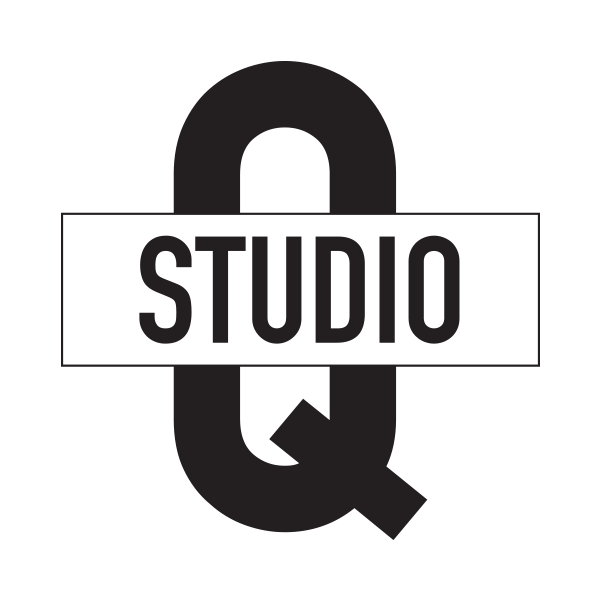I've made a commitment to myself that I will spend more time making my personal work (completing my project here in Europe), and exhibiting/publishing my work. And I will spend less time teaching, answering email, and spending numerous hours on the public forum board.
Don't misunderstand me, I've enjoyed doing all of those things, but my priorities are going to shift to more personal goals - it's time to focus (pun intended)! My time will be spent making my personal work, following up on my commitments to the new book, DVD and web site and sharing some of my work and experiments with close friends. I'll still blog and I'll still post work occasionally, but I'm going to put more time toward my personal work - period. I'm an artist, and I want my life to reflect that.
I have a few workshops left this year and one scheduled for March of 2010. Other than those, and maybe one in Paris with a show, I probably won't do anymore workshops. I really enjoying teaching, but I need the time I have left here in Europe to complete what I came here to do.
It feels like a good time to do this, too. I think it was the completion the new book/DVD that allowed me to make this commitment to myself. It's like I can really focus now on making photographs. It's not that I want to close my site down, and become a recluse, I'm just seeking more balance. It seems that I'm always teaching or doing something instructional for other people. I've actually had a couple of people email me and tell me that they had no idea I made art. Those are not good emails! I know artists that don't even have a web site, don't answer email and are very successful making and showing work - doing their thing - no distractions. I'm envious of them and I need to follow their lead. It's true what people say, "You become what you do," and I've become a teacher when I want to be an artist (nothing wrong with being a teacher, but you know what I'm saying in this context).
Making Albumen
Friday, I stopped at a roadside Bauernmarkt where I get fruit and vegetables a couple of times a week. It's wonderful food. On Friday, I picked up 40 large eggs, too. They are big, fresh free-range chicken eggs. Dresden, Germany is a few hours north of us. It was the epicenter for Albumen paper in the 1860s - 1880s. They used 6 million eggs a year there! I'm hoping the genes of some of those chickens are in these!

Albumen Prints: The albumen found in egg whites are used to bind the photographic chemicals to the paper and became the dominant form of photographic positives from 1855 to the turn of the century, with a peak in the 1860-90 period.

There are very few people in the world today making Albumen prints with Collodion negatives.

It was the first commercially exploitable method of producing a photographic print on a paper base from a negative.

The albumen print, also called albumen silver print, was invented in 1850 by Louis Désiré Blanquart-Evrard.

Summer's going to be making a lot of custard!

2 Liters of Albumen!
Thanks to Summer and Jeanne for shooting photographs of me making Albumen today. images!
 "Nordic Man" - 8.5" x 6.5" (Whole Plate) Black Glass Ambrotype September 6, 2009 Gotheburg, Sweden
"Nordic Man" - 8.5" x 6.5" (Whole Plate) Black Glass Ambrotype September 6, 2009 Gotheburg, Sweden  "Roger - From the Streets of Göteborg, Sweden" 4" x 5" Alumitype September 6, 2009
"Roger - From the Streets of Göteborg, Sweden" 4" x 5" Alumitype September 6, 2009




















